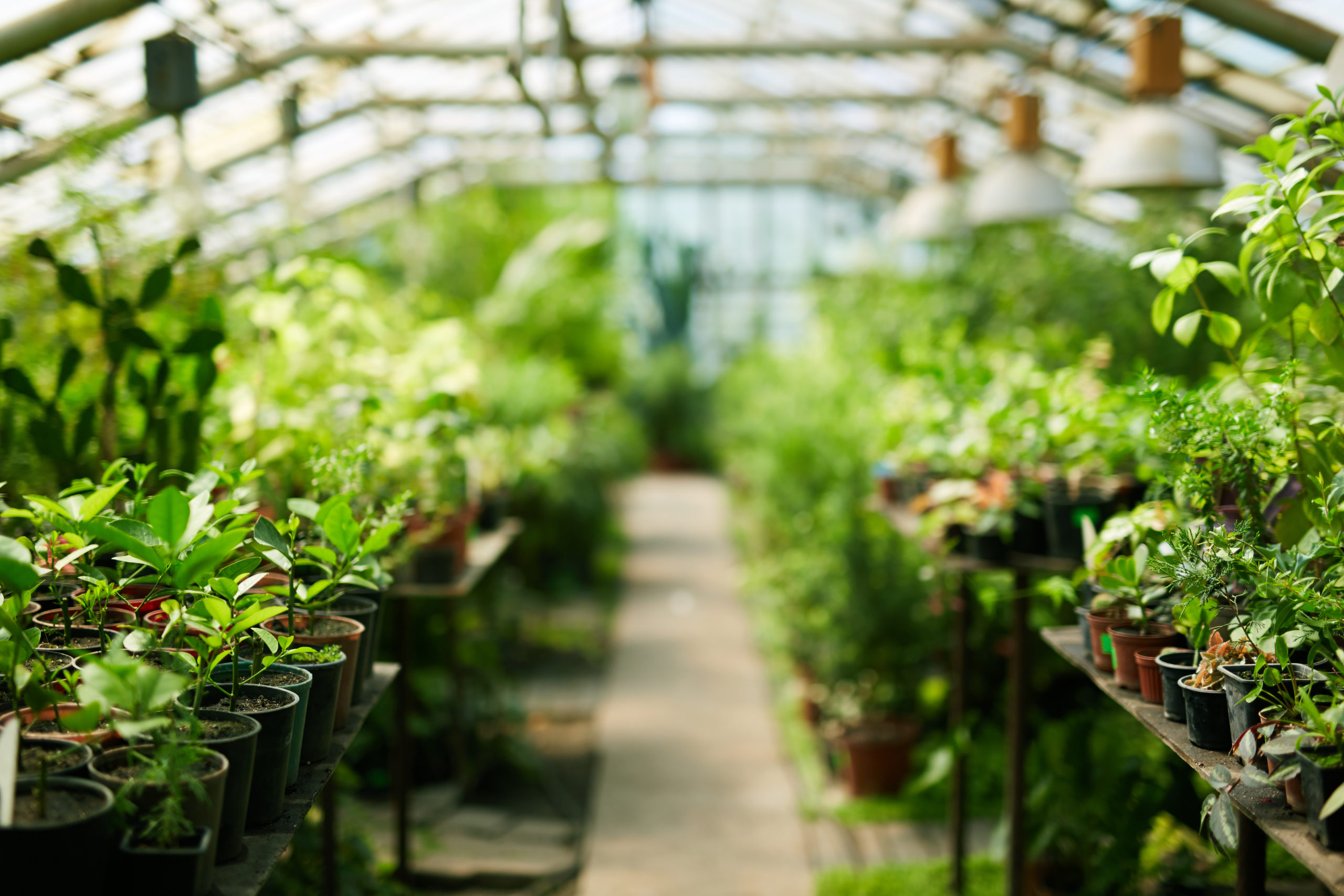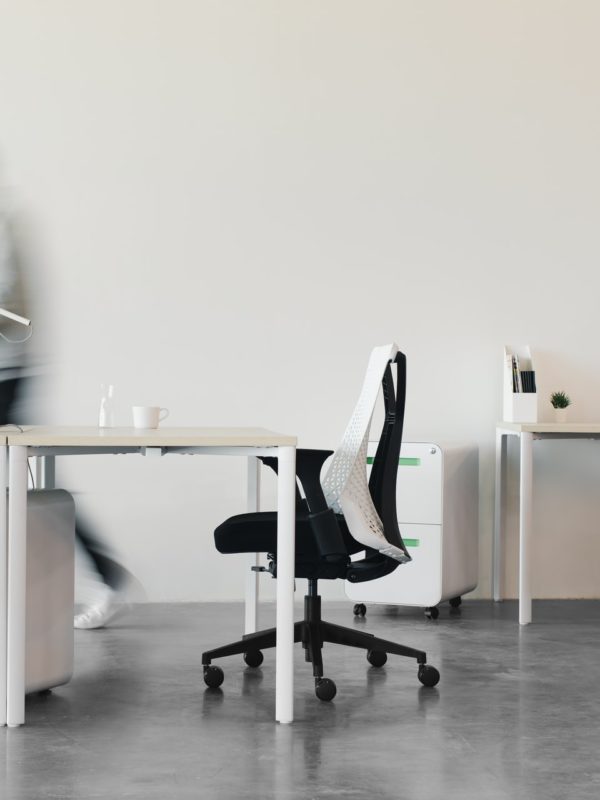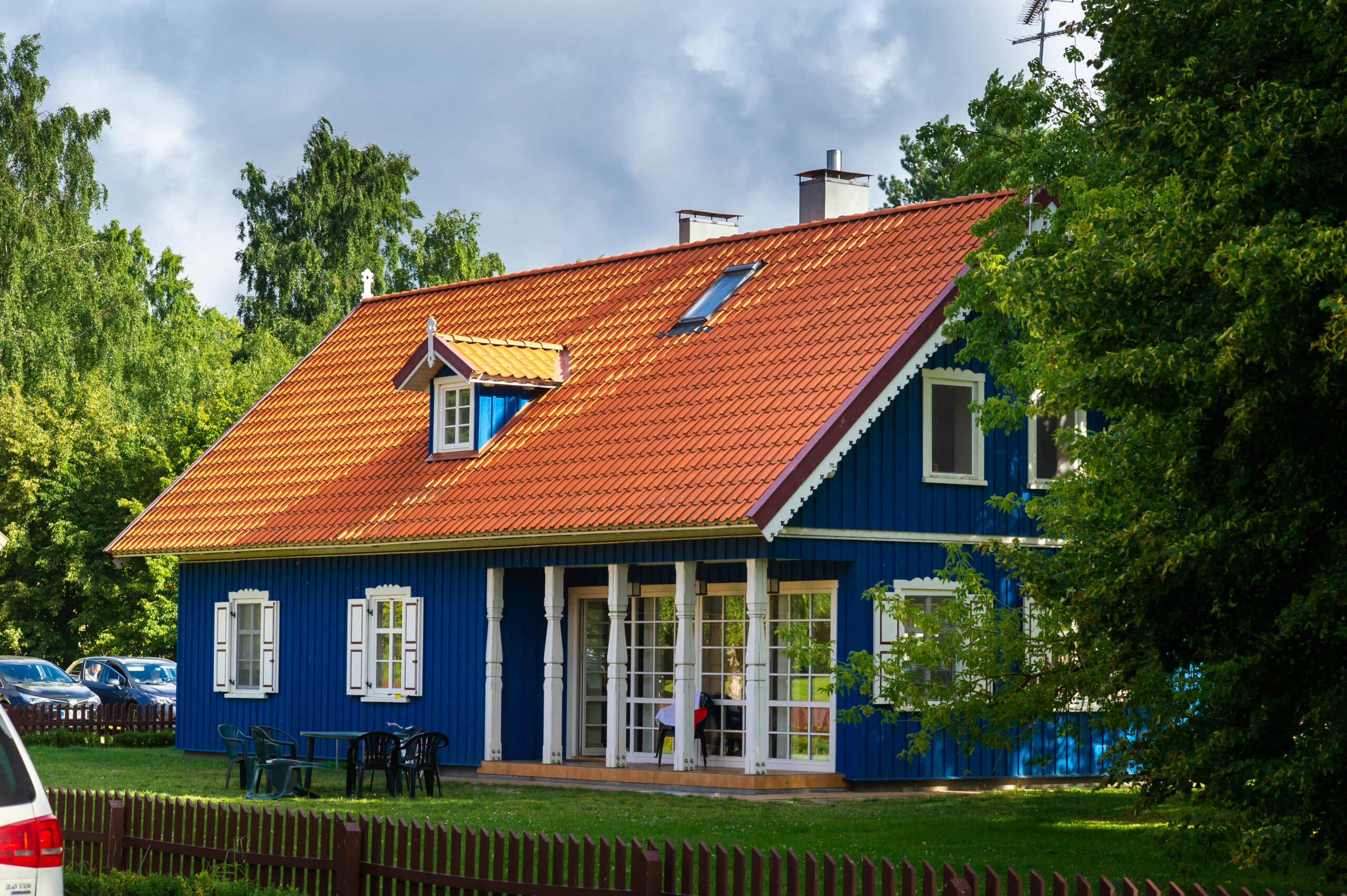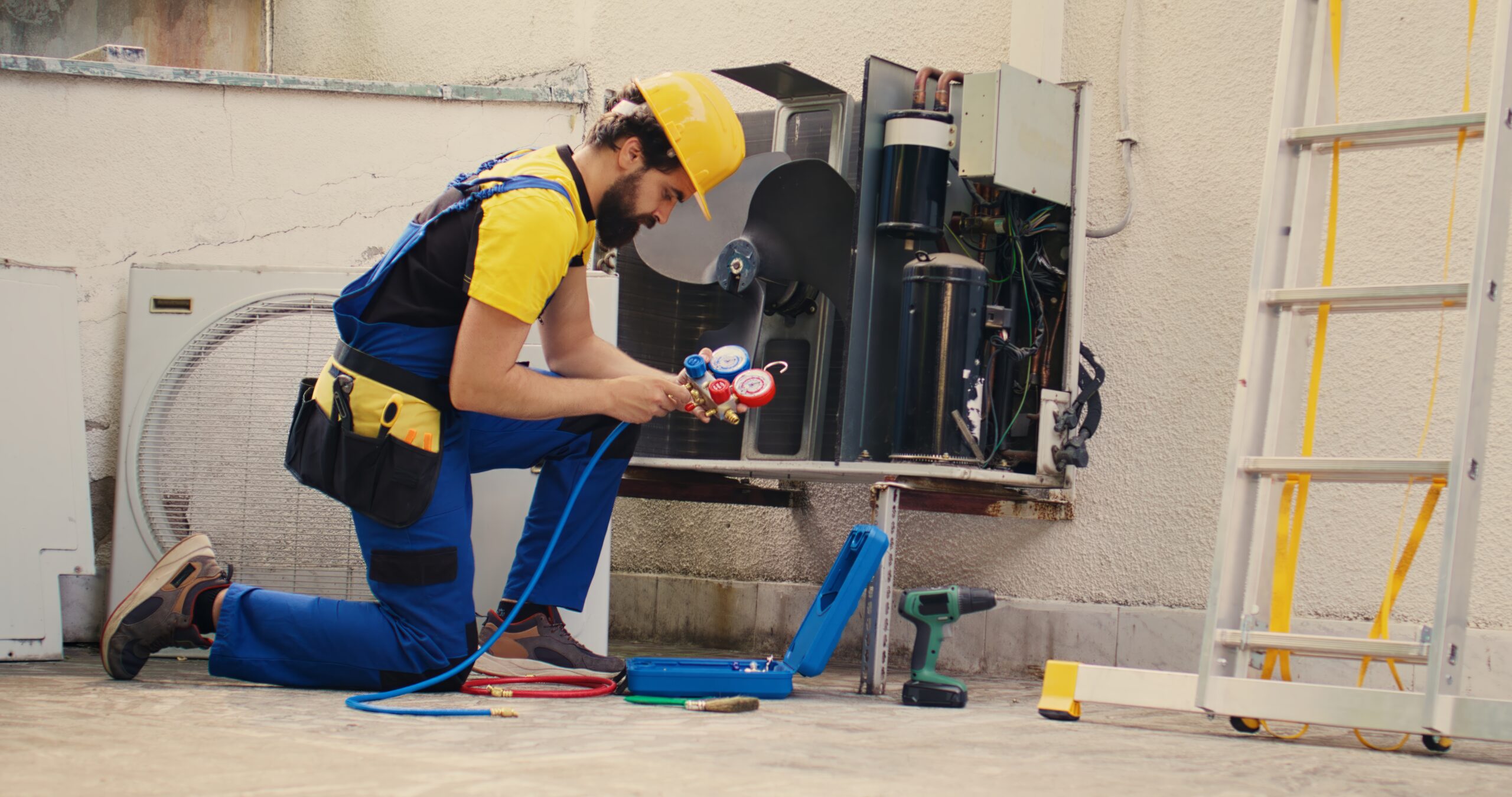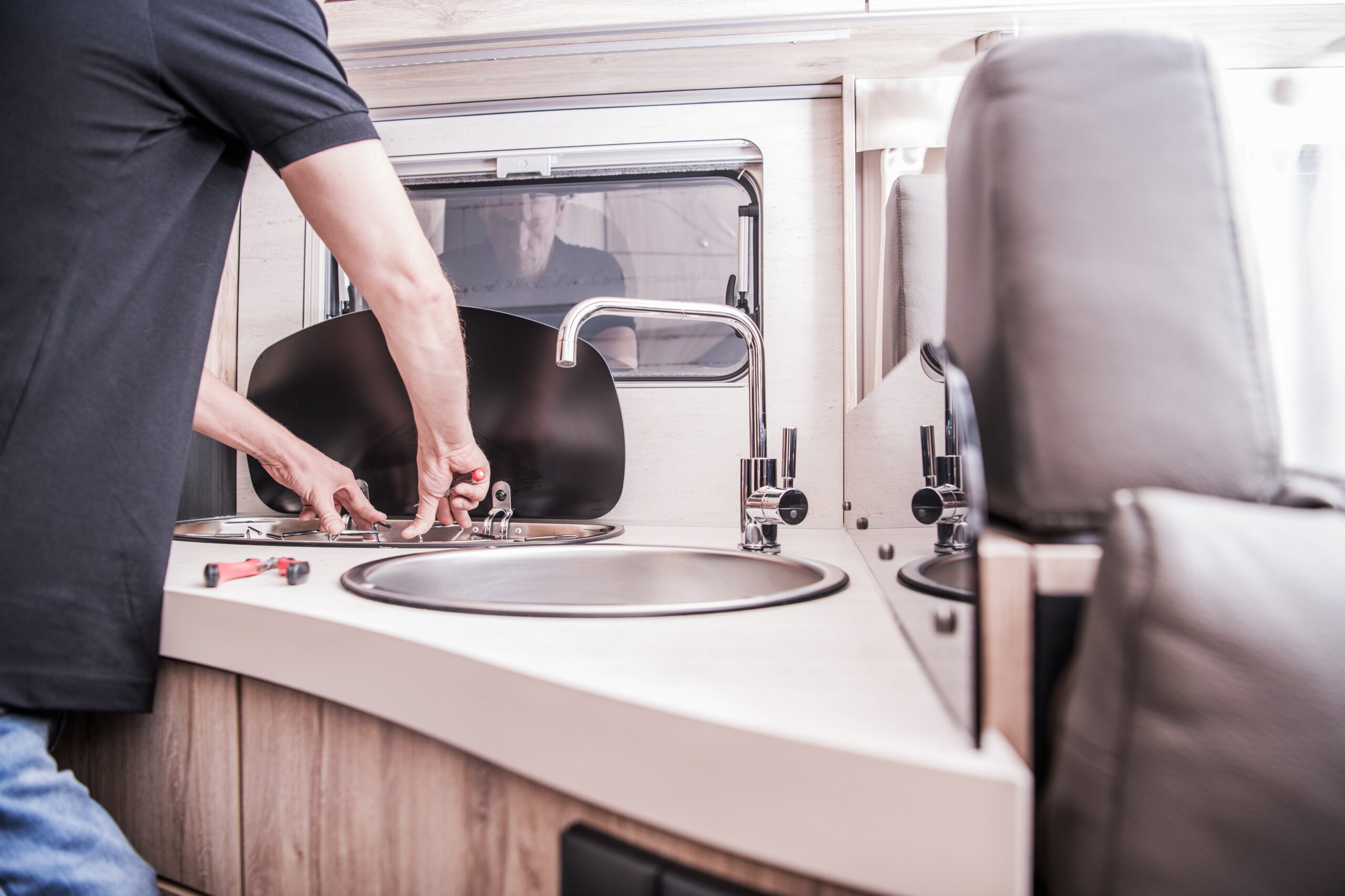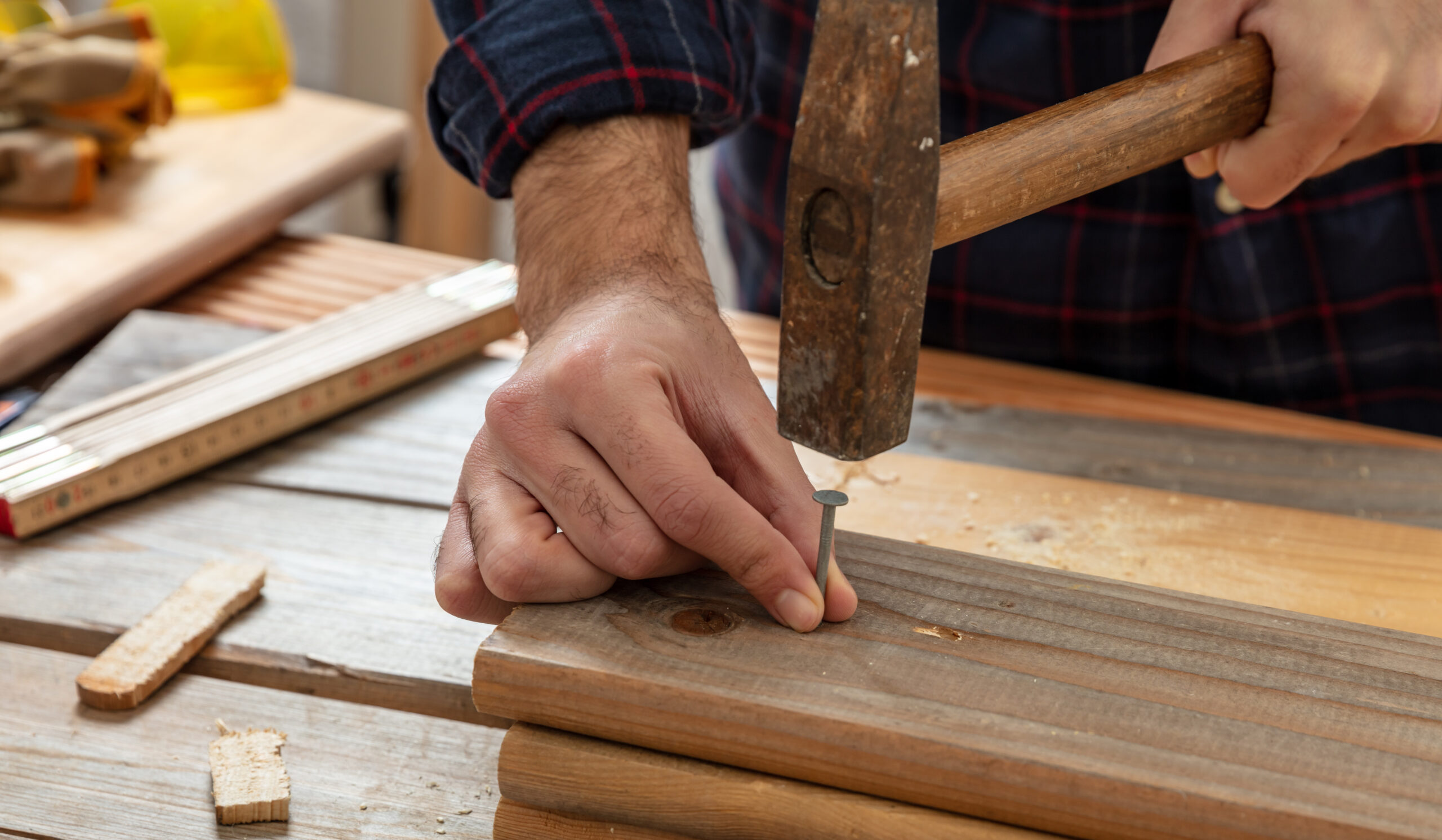Throughout the workforce, there are a number of jobs that can be considered somewhat dangerous. Construction workers, miners, and other industrial workers take risks when they show up to work every day. Working with heavy equipment or in precarious positions can be difficult for anyone. However, these industry leaders are working hard to create safe, comfortable environments for these workers to thrive in. After all, a lot of the work is essential and incredibly beneficial to their communities. Someone has to do it, but that doesn’t mean it should ever feel unsafe.
Thanks to new technology and advancements in tracking and training, industrial sites are now safer than they’ve ever been. From protecting local communities to helping workers lift heavy objects to tracking safety hazards, there are a number of ways industry leaders are improving the lives and environments of these workers. Especially in construction sites, warehouses, and mines, workers can relax knowing that they have support in different ways. And things can only improve and get better from here as more advancements and technology are developed to make the job that much safer and easier. Here are just three of the ways tech advancements are improving the working conditions of industrial workers.
1. Predictive Studies and Feasibility Tracking
Sometimes the scariest thing at an industrial site is uncertainty. When you don’t know what’s coming or how long you’ll be able to operate in one area safely, how can you go on without that constant worry in your head? This is especially relevant during mining activity. Mining for ounces of gold or silver can be risky because you never know when the mine will give out or if you’re even going to find those precious gems. However, thanks to new predictive feasibility studies, experts can get a better idea of the natural resources within operating mines.
Companies like Alamos Gold in Turkey have been working diligently to improve their construction activities and offer mining concessions. After misinformation about unsafe mining practices, they are determined to respect their social responsibility and help their workers feel protected. By comparing numbers to last year and finding the feasibility of each mine site, they are putting workers and communities, not cash flow, at the center of their work.
2. Worker Protection and Wearable Equipment
Other advancements for construction workers hit a bit closer to home. In fact, some of this technology can be worn and operates as an assistive robot for daily activities. For workers who are engaging with repetitive lifting tasks or other difficult muscle activity, wearable support exoskeletons can help lighten the load and lower fatigue. The wearer can enjoy a flexible, lifting exoskeleton that will help give support and bear the weight of heavy objects. Workers won’t tire as easily and they can engage in their daily tasks without worrying about a high risk of injury. These are great tools for construction sites, warehouses, and more.
3. Smart Sensors and Technology
If worker safety is your priority, you should give them the tools to see if and when they’re getting tired or operating inefficiently. One way to do this is with smart sensor technology. This can even be included in the exoskeletons mentioned above. With sensors that can monitor heart rate, fatigue, and exhaustion, you’ll know right away if anyone is feeling overworked. This technology can also predict if certain jobs are going to be too difficult for anyone person. You can make concessions and decisions based on data rather than just guessing at the effectiveness of different techniques. By using the industrial applications of smart technology you are making sure you’re using your tools and your employees in the best, safest way possible.

